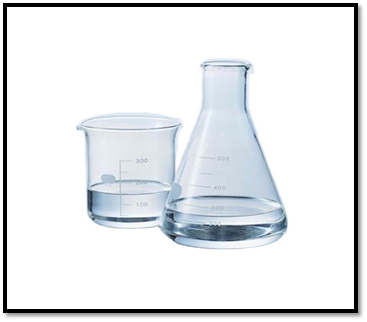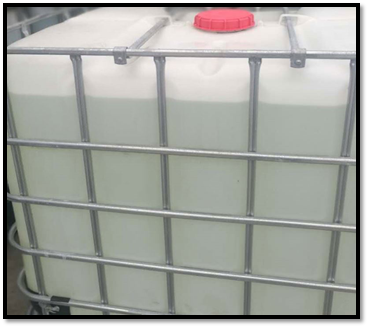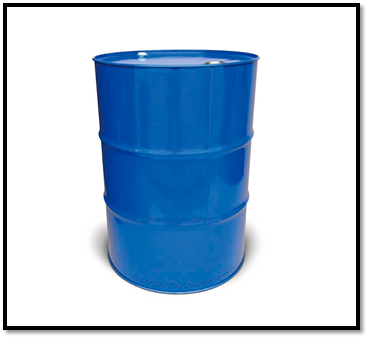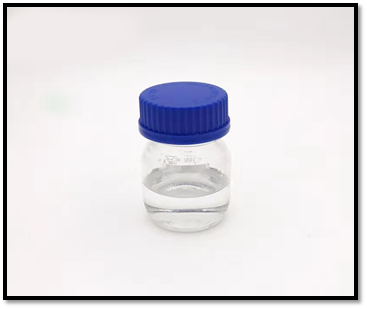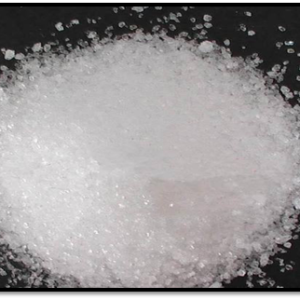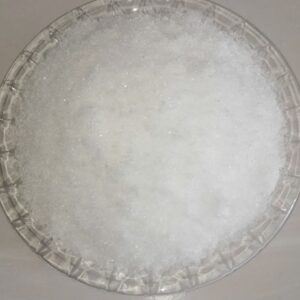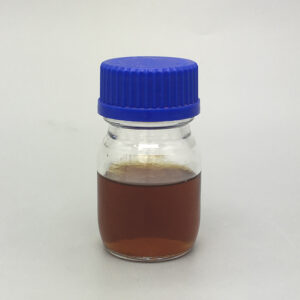Description
Chemical Identity
-
Chemical Name: Diethylene Glycol
-
Common Abbreviation: DEG
-
Chemical Formula: C4H10O3
-
CAS Number: 111-46-6
-
Molecular Weight: 106.12 g/mol
-
EC Number: 203-872-2
Technical Specifications of Diethylene Glycol (DEG)
| Property | Specification |
|---|---|
| Appearance | Clear, colorless liquid |
| Purity | ≥ 99% |
| Boiling Point | 245°C |
| Melting Point | -10.45°C |
| Density (20°C) | ~1.118 g/cm³ |
| Viscosity (25°C) | 35.7 mPa·s |
| Flash Point (Closed Cup) | 143°C |
| Solubility | Miscible with water and most polar solvents |
| Odor | Slightly sweet |
Applications of Diethylene Glycol
🔬 Chemical Intermediate
DEG is widely used as a building block in the production of polyester resins, polyurethane foams, and plasticizers. Its reactivity with acids and isocyanates makes it suitable for synthesizing high-performance polymers and coatings.
❄️ Coolants and Antifreeze Solutions
Thanks to its high boiling point and hygroscopic nature, DEG serves as a component in antifreeze formulations and heat transfer fluids, especially for automotive and industrial cooling systems.
🧴 Cosmetics and Personal Care
In small, regulated amounts, DEG is used as a humectant in personal care items such as lotions, creams, and toothpaste, enhancing moisture retention and smooth texture.
🎨 Solvent in Inks, Dyes, and Paints
Its strong solvency power makes it ideal for dissolving dyes, resins, and printing inks. DEG contributes to a consistent finish and improved viscosity in water-based paints and coatings.
🏭 Gas Dehydration and Lubricants
DEG is also utilized in natural gas processing to absorb water and prevent freezing in pipelines. Additionally, it acts as a lubricant base stock in hydraulic fluids and brake fluids.
Handling and Safety
-
Toxicity: DEG is harmful if ingested and must be handled with care.
-
PPE Requirements: Use gloves, goggles, and protective clothing. Ensure adequate ventilation.
-
Storage: Store in tightly closed containers in a cool, dry, and well-ventilated area away from strong oxidizers.
Conclusion
Diethylene Glycol (DEG) is a multi-functional, high-purity chemical compound integral to a wide array of industries including plastics, coatings, automotive, personal care, and energy sectors. Its excellent chemical properties — such as high solvency, thermal stability, and hygroscopicity — make it a reliable ingredient in both chemical manufacturing and product formulation.
Whether used as a reactive intermediate, carrier fluid, or solvent, DEG remains a crucial chemical for companies focused on efficiency, performance, and innovation.

